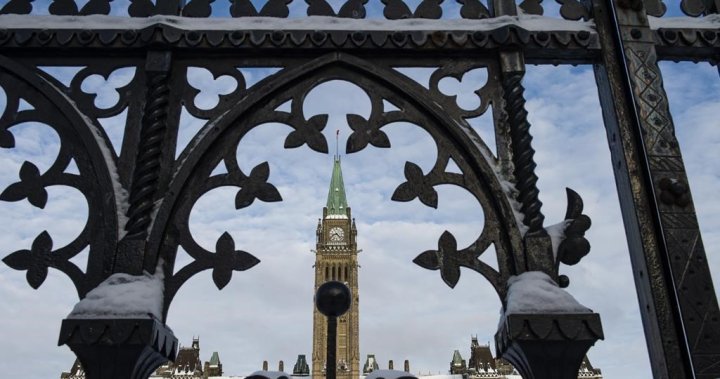Trudeau’s Prorogation: A Reset or a Strategic Maneuver?
Prime Minister Justin Trudeau’s announcement to prorogue Parliament has ignited a fresh wave of political debate, with critics questioning the timing and motivation behind the move. Prorogation, the formal suspension of Parliament, effectively halts all legislative activity, dissolves committees, and terminates pending bills. While the current government remains in power, the legislative agenda is effectively reset, requiring a new Speech from the Throne to outline the government’s priorities upon Parliament’s return. Trudeau justified the decision as a necessary "reset," aiming to de-escalate political tensions and allow for a fresh start in addressing complex domestic and international challenges. However, the timing of the prorogation, coinciding with the Liberal Party’s leadership contest and Trudeau’s impending resignation, has fueled speculation about the true intent behind the move.
The prorogation temporarily shields the Liberal government from potential non-confidence motions, which could trigger an election. With Trudeau stepping down, the party can now focus on selecting a new leader without the immediate threat of an electoral challenge. This tactical advantage has drawn criticism from opposition parties, who accuse Trudeau of using prorogation to avoid scrutiny and circumvent democratic processes. The move also raises questions about the government’s accountability, particularly regarding ongoing investigations and unresolved legislative matters that will be effectively shelved by the prorogation. Critics argue that Trudeau’s action contradicts his 2015 campaign promise to avoid using "legislative tricks" to evade scrutiny, recalling former Prime Minister Stephen Harper’s controversial use of prorogation in 2008.
The mechanics of prorogation involve a formal request by the Prime Minister to the Governor General, who then dissolves Parliament. All legislative business comes to a halt, including committee meetings and the progress of any pending bills. Upon reconvening, the government presents a new Speech from the Throne, outlining its legislative agenda for the upcoming session. In a minority government situation, like the current one, the government requires the support of at least one other party to pass its agenda. Trudeau’s previous prorogation in 2020, ostensibly to present a COVID-19 recovery plan, was met with similar criticism, as it coincided with ongoing investigations into the WE Charity scandal. This pattern of using prorogation during times of political controversy reinforces concerns about the government’s transparency and accountability.
The current parliamentary session has been marked by significant gridlock, with heated debates over allegations of government corruption and the Liberals’ reluctance to disclose documents related to a now-defunct green investment fund. The prorogation effectively terminates these debates and any ongoing investigations related to these matters. While Trudeau frames the prorogation as a means to "clear a legislative standstill," critics argue that it serves to stifle legitimate parliamentary scrutiny and allows the government to evade accountability for its actions. The timing of the prorogation, just weeks before the Liberal leadership contest, raises questions about whether it is truly intended to foster a more productive parliamentary environment or primarily serves the Liberal Party’s internal political interests.
The debate surrounding Trudeau’s decision highlights the inherent tension between the Prime Minister’s prerogative to advise the Governor General on prorogation and the principles of parliamentary democracy. While prorogation can be a legitimate tool for resetting the legislative agenda, its use in politically charged circumstances raises concerns about potential abuse of power. The lack of clear guidelines or constraints on the use of prorogation leaves it open to interpretation and potential manipulation for partisan purposes. This underscores the need for greater clarity and transparency in the process to ensure that it serves the interests of democratic governance rather than political expediency.
Trudeau’s prorogation, while technically within his powers, has reignited the debate on the proper use of this parliamentary tool. Critics argue that the timing and context of the decision suggest a strategic maneuver to avoid scrutiny and manage political challenges rather than a genuine attempt to improve parliamentary function. The move highlights the vulnerability of parliamentary processes to political maneuvering and underscores the need for greater accountability and transparency in the exercise of executive power. The ultimate impact of this prorogation on the Canadian political landscape remains to be seen, but it has undoubtedly raised significant questions about the balance between executive prerogative and democratic principles.

